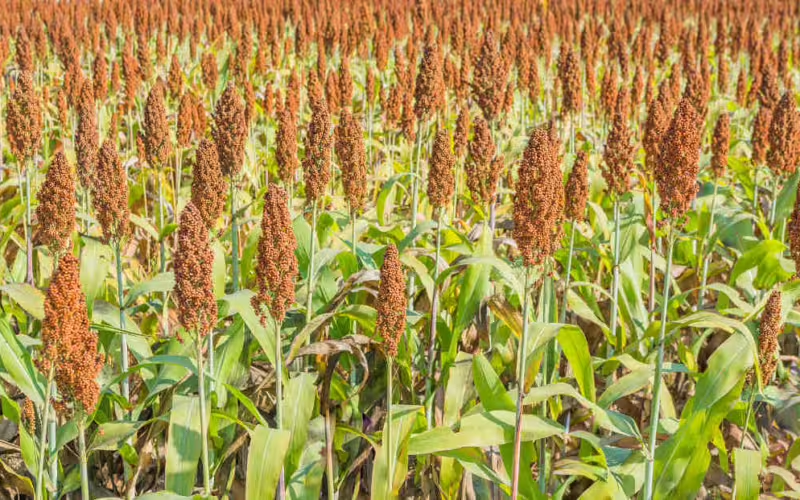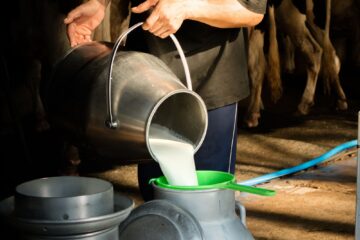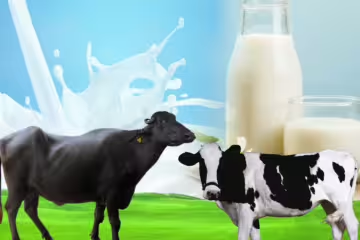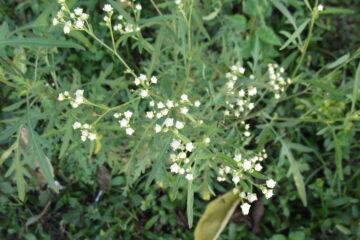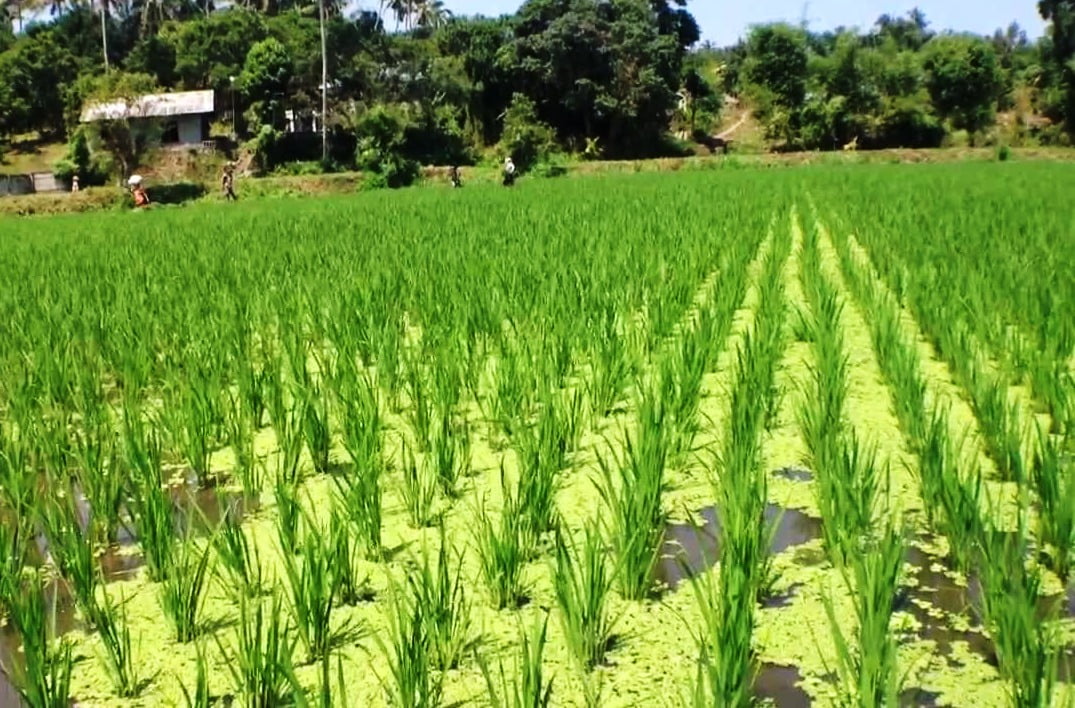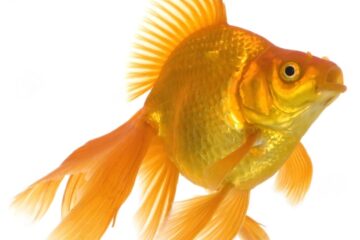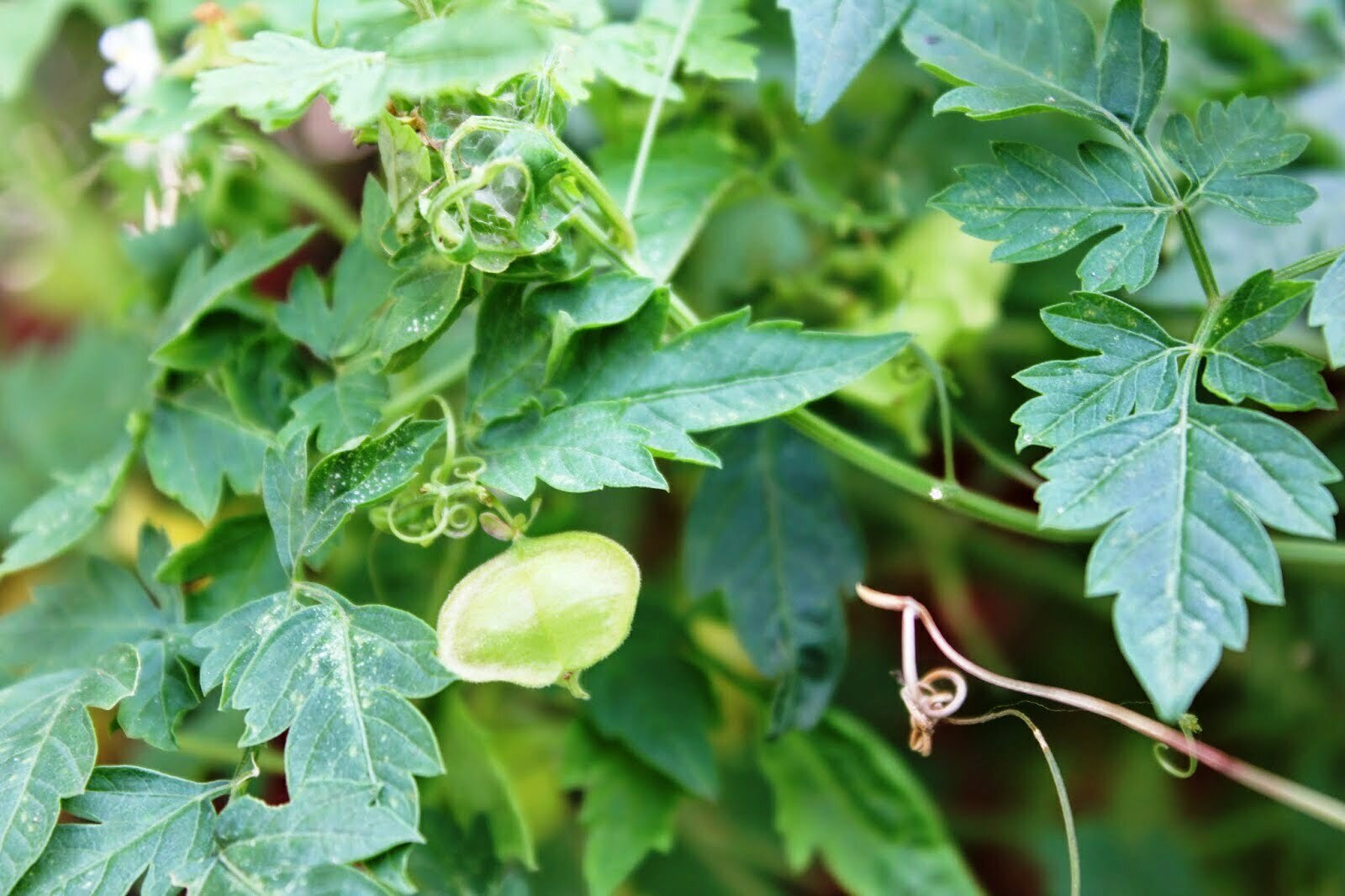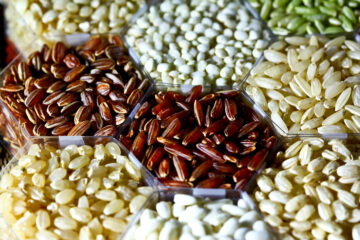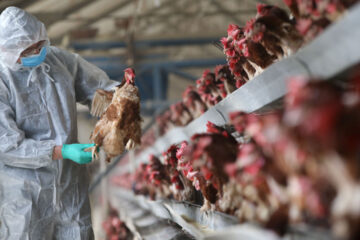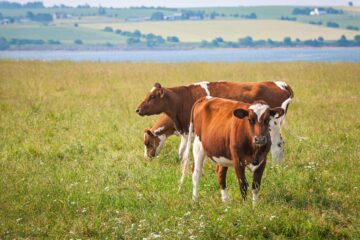In Tamil Nadu, maize is a vital minor crop cultivated during both the Kharif and Rabi seasons, mostly in arid and manavari regions. Maize is grown on approximately 405,000 hectares, producing around 427,000 tons, with an average yield of 1,054 kg per hectare. Notably, 85% of maize cultivation takes place in manavari regions.
Due to the increasing demand for nutritious food in urban areas, crops like maize have seen a rise in consumption. To improve grain yield in manavari lands, and to develop pest-resistant varieties, a new hybrid called K.13 was developed.
Development of K.13 Maize
The hybrid T.K.S.V. 1036 was produced by crossing ICSB 518 and SPV 1489 maize varieties. After several field trials and evaluations under the All India Maize Research Project, this hybrid was tested across multiple states, yielding 2,575 kg per hectare, which is 10.7% more than the K.12 variety and 3.5% more than CO.30. The fodder yield reached 11.4 tons per hectare, surpassing K.12 by 26.6% and CO.30 by 16.3%.
Key Features of K.13 Maize
- Growing Season: Ideal for cultivation in manavari lands during the Puratasi season (September-October).
- Maturity: Matures within 95-100 days.
- Grain Characteristics: Pale yellowish-white grains with moderately dense ears and long stalks. This maize variety is drought-resistant and thrives even in harsh conditions.
- Fodder: Thin stalks make it highly palatable to livestock.
- Pest Resistance: Moderately resistant to pests like aphids and stem borers, and diseases such as charcoal rot.
Nutritional Composition
- Protein: 10.9%
- Iron: 39.78%
- Fiber: 3.20%
Its excellent cooking properties make K.13 suitable for consumption, meeting both nutritional and culinary needs.
Cultivation Guidelines
- Land Preparation: Plow the land 3-4 times to prevent weed growth, and prepare ridges and furrows with 2×2-meter spacing.
- Seed Treatment: Treat seeds with 2 grams of Carbendazim or Captan per kilogram to prevent diseases. Mix chlorpyrifos at a rate of 4 ml per kilogram of seed to control aphids.
- Fertilizer: Apply 12.5 tons of organic manure and 40 kg of green manure per hectare. Weeding should be done twice: at 20 days and again at 45 days after sowing.
Pest and Disease Management
- Stem Borer: Apply carbofuran granules to the plant’s root zone to manage infestations.
- Charcoal Rot: Treat seeds with metalaxyl at a rate of 4 grams per kg of seed. For further disease control, use fungicides like Mancozeb.
Harvesting
Signs of maturity include yellowing of leaves and the hardening of grains. After harvesting, sun-dry the maize cobs, thresh, and store them in clean bags. For storage, treat seeds with 2 grams of Captan or Thiram per kilogram.
Conclusion
K.13 is highly recommended for southern districts of Tamil Nadu, particularly for manavari cultivation during the Puratasi planting season. It offers high grain and fodder yield, making it a suitable choice for both agricultural and nutritional purposes.

